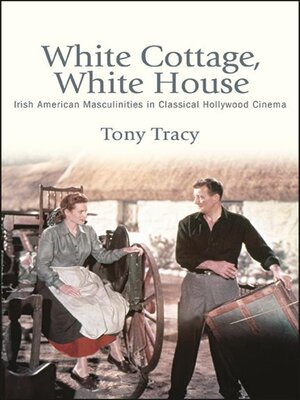White Cottage, White House
ebook ∣ Irish American Masculinities in Classical Hollywood Cinema · SUNY Series, Horizons of Cinema
By Tony Tracy

Sign up to save your library
With an OverDrive account, you can save your favorite libraries for at-a-glance information about availability. Find out more about OverDrive accounts.
Find this title in Libby, the library reading app by OverDrive.



Search for a digital library with this title
Title found at these libraries:
| Library Name | Distance |
|---|---|
| Loading... |
Argues that Irish American masculinity functioned to negotiate, consolidate, and reinforce hegemonic whiteness in Hollywood cinema from 1930 to 1960.
White Cottage, White House examines how Classical Hollywood cinema developed and deployed Irish American masculinities to negotiate, consolidate, and reinforce hegemonic whiteness in midcentury America. Largely confined to discriminatory stereotypes during the silent era, Irish American male characters emerge as a favored identity with the introduction of sound, positioned in a variety of roles as mediators between the marginal and mainstream. The book argues that such characters function to express hegemonic whiteness as ethnicity, a socio-racial framing that kept immigrant origins and normative American values in productive tension. It traces key Irish American male types-the gangster, the priest, the cop, the sports hero, and the returning immigrant-who navigated these tensions in maintenance of an ethnic whiteness that was nonetheless "at home" in America, transforming from James Cagney's "public enemy" to John Wayne's "quiet man" in the process. Whether as figures of Depression-era social disruption, avatars of presidential patriarchy and national manhood, or allegories of postwar white flight and the nuclear family, Irish American masculinities occupied a distinctive and unrivaled visibility and role in popular American film.







